Seedlings in trouble!!!!! Stunted growth, tiny, yellow...
brh721
13 years ago
Related Stories

GARDENING GUIDESSeeds or Seedlings? How to Get Your Garden Started
Growing delicious herbs and vegetables starts with knowing your goals and when you want to plant
Full Story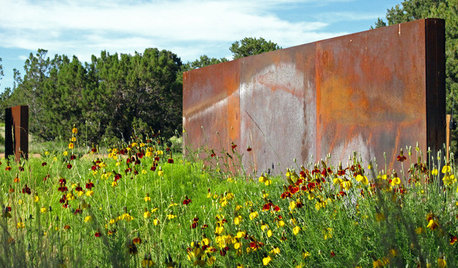
GARDENING GUIDESGreat Design Plant: Ratibida Columnifera
A shortgrass prairie native wildflower fit for pollinators and dry trouble spots offers benefits all year long
Full Story
EDIBLE GARDENSSummer Crops: How to Grow Tomatoes
Plant tomato seedlings in spring for one of the best tastes of summer, fresh from your backyard
Full Story
SUMMER GARDENINGHow to Grow Basil
Bright color, quick growth and endless uses for cooking make this summer annual a winner in the garden or a pot
Full Story
GARDENING GUIDESSmall Carpenter Bees Are Looking for a Home in Your Plant Stems
Provide flowers and nesting sites in your garden for this beautiful, tiny, metallic blue wild bee — your plants will thank you
Full Story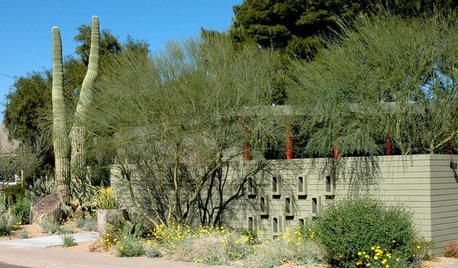
GARDENING GUIDESGreat Design Plant: Parkinsonia Florida
Blue palo verde's trunk and branches provide a beautiful backdrop to a spectacular spring show in the desert
Full Story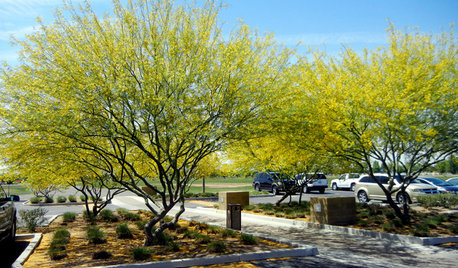
TREESGreat Design Plant: Desert Museum Palo Verde Offers a Colorful Canopy
Rising above others with its long bloom time, artful vase shape and lack of thorns, this tree is great for casting filtered shade
Full Story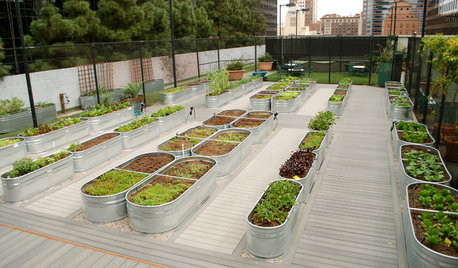
LANDSCAPE DESIGNRecipe for Modernist Edible Garden Style
Herbs, vegetables and fruit trees aren’t just for traditional gardens. Here’s how to design them into modernist landscapes
Full Story
GARDENING GUIDESCalifornia Gardener's June Checklist
Update your hydrangeas, catch up on tomatoes and more ways to enjoy your California garden in June
Full Story
HOUZZ TOURSMy Houzz: Bold Wallpaper Kicks Up a Century-Old Craftsman
Design risks pay off in a Seattle bungalow that combines fearless patterns with subtler colors and a sophisticated practicality
Full StoryMore Discussions






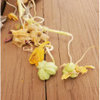
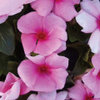
sleepy33
taz6122
Related Professionals
Saint Charles Landscape Architects & Landscape Designers · Tomball Landscape Architects & Landscape Designers · East Chicago Landscape Contractors · Gresham Landscape Contractors · Miller Place Landscape Contractors · North Plainfield Landscape Contractors · Soddy Daisy Landscape Contractors · Markham Landscape Contractors · Franconia Carpenters · Temple Carpenters · Canton Fence Contractors · Madison Fence Contractors · Salt Lake City Fence Contractors · Tempe Fence Contractors · West Jordan Fence Contractorsbrh721Original Author
heirloomjunkie
brh721Original Author
taz6122
brh721Original Author
taz6122
brh721Original Author
lunnarbelle
neonrider
Glendora91741